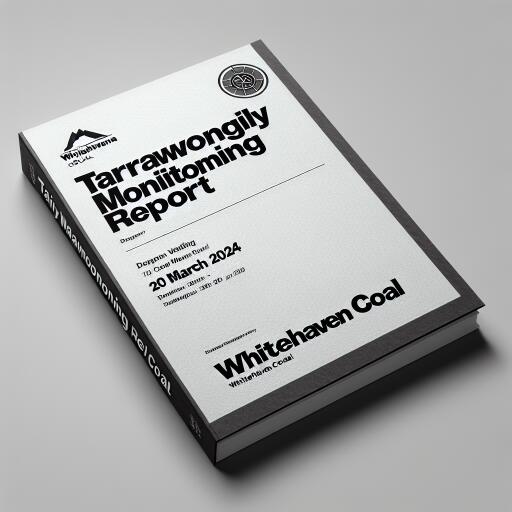Understanding the Daily Monitoring Practices at Tarrawonga Mine
In the realm of operational management within the mining sector, the implementation of monitoring equipment plays a pivotal role. These devices, integral to the daily workflow, are designed without specific criteria but are essential for day-to-day operation management at the Tarrawonga mine. Their function highlights an innovative approach to tracking and adapting operational procedures in real-time, ensuring both efficiency and environmental compliance.
One of the key metrics under constant surveillance is the estimation of equivalent mining noise, specifically within the low-frequency range (20-630 Hz). This measure, abbreviated as LF, serves as a significant indicator of the mining operations’ auditory impact. It is important to note that the monitoring outcomes might encapsulate noise pollution from external sources, not strictly limited to mining activities. This distinction is crucial for accurately assessing the mine’s environmental footprint regarding noise pollution.
Occasionally, the monitoring reports may showcase elevated levels that are attributed to events not directly related to mining operations. Such instances underline the importance of contextual understanding in evaluating the data, ensuring a fair assessment of the mine’s operational impact on its surroundings.
There are instances where data might be temporarily unavailable due to a variety of reasons such as maintenance activities, power outages, or issues with the communication systems. During these periods, the necessity for recalculating the 24-hour averages becomes apparent, especially when disruptions occur due to environmental factors like rain, which can impact the collection and transmission of monitoring data.
The approach to handling instances of data unavailability, especially through recalculations, embodies the mine’s commitment to maintaining a transparent and constant monitoring process. This diligence ensures that even in the face of unexpected challenges, the integrity of the monitoring efforts is upheld, reflecting a proactive stance towards environmental stewardship and operational management.
In conclusion, the daily monitoring reports from Tarrawonga mine offer a glimpse into the meticulous and adaptive strategies employed in modern mining operations. Through the lens of this report, it becomes evident how crucial ongoing monitoring is, not only for operational management but also for minimizing the environmental impact of such large-scale activities. The use of technology and strategic practices, as seen in Tarrawonga’s monitoring efforts, sets a precedent for responsible mining operations in today’s environmentally conscious landscape.









